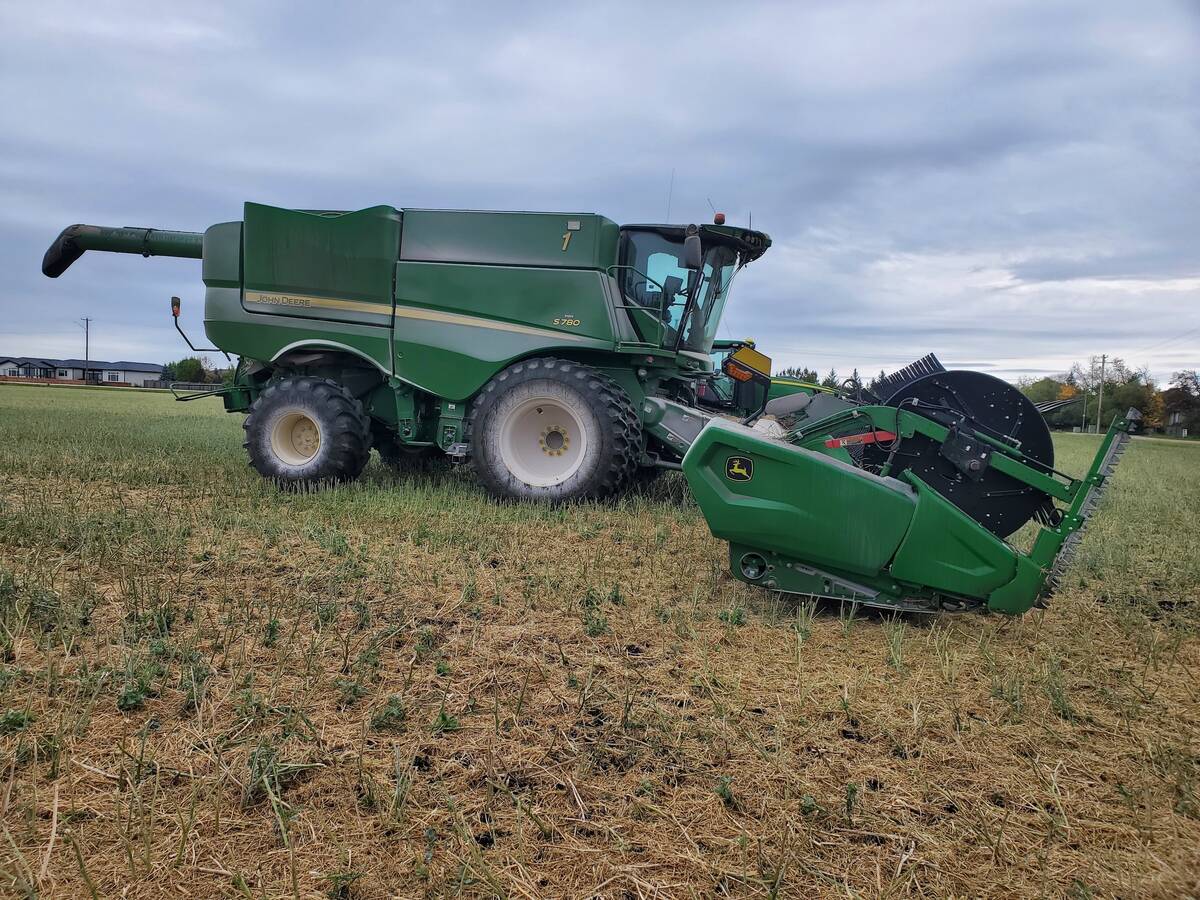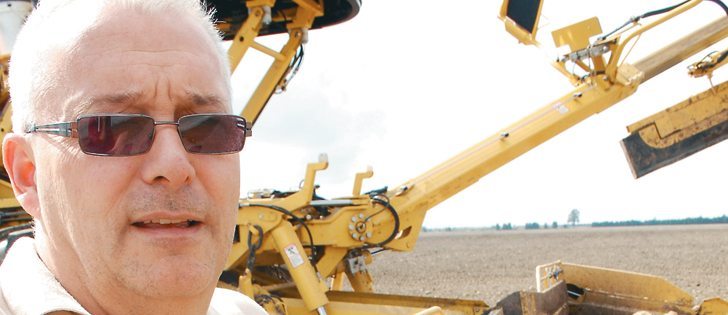Alberta Agriculture crop researchers continue to be encouraged by dryland winter pea and winter lentil crop trials.
Pulse crops research agrologist Mark Olson said data from the first two years of trials found that winter peas outyielded spring-seeded peas by up to 40 percent. Researchers are still calculating data from the third year.
Windham and Specter were planted on three seeding dates at three rates last year.
Trials are running in Edmonton, Lacombe, Brooks and Lethbridge.
Olson said winter-seeded peas showed good survivability at all locations except Edmonton, where low soil temperatures were likely the biggest factor in winterkill.
Read Also

Powdery mildew can be combine fire risk
Dust from powdery mildew can cause fires in combines.
The early September seeding date seems to provide best results at seeding rates of 1.5 times to double the usual 75 seeds per sq. metre.
Olson said fall establishment is critical to success, and that can be tricky unless there is adequate soil moisture.
“It’s a larger seed so it needs moisture to start germination,” he said. “About 10 times its weight in water gets (the seed) off to a good start.”
Peas can be planted 2.5 to three inches deep if necessary to chase moisture, though that isn’t the ideal scenario.
“If you can get it established, Lethbridge was very consistent in the last three years,” Olson said.
Researcher Ross Mackenzie said winter soil temperatures rarely get below -8 C, particularly if there is good snow cover. That is within pea seed survival range.
Winter pea seed isn’t commercially produced in Canada, so growers interested in trying the crop this fall would have to import seed.
Researchers noted the Specter variety was leggy this year because of unusually favourable moisture conditions. Mackenzie said Specter might prove better than Windham in a dry year.
“Windham, seeded the first or second week of September in good soil moisture and 1.5 times the seeding rate would be what we’d suggest,” he said.
Peas do not thrive in saline soil and are not a good option where that is a factor, he added.
Researchers have not tested winter-seeded peas under irrigation, but Mackenzie speculated it would work well, though likely with less of a yield increase than seen on dryland plots.
However, fall seeding and early spring emergence allows the crop to beat the heat, and that alone usually means better yields.
Researchers are also encouraged by early results of winter-seeded lentils using the Morton variety. The small seed size is a concern, so higher seeding rates are recommended.

















